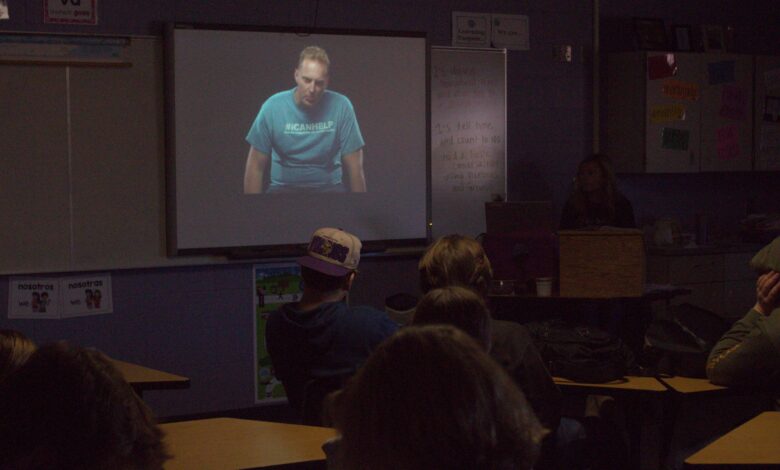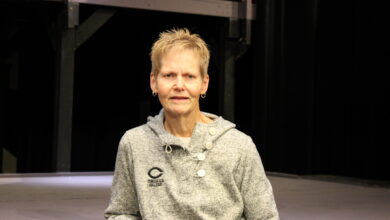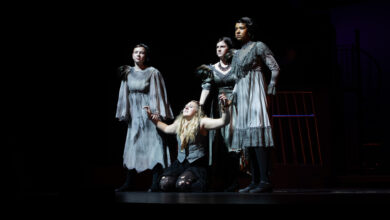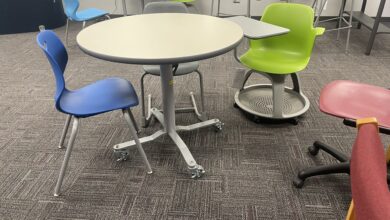
Advisory. The “class” that all students at Buffalo High School dread. Advisory, called ‘PRIME TIME’ in middle school, is intended to bring students together through building connections and stronger, healthier relationships with their peers.
At the start of your high school journey you get assigned an Advisory, with the same teacher/advisor and peers for all four years of high school. As an incoming 9th grader you imagine Advisory being a “safe space” or “another home,” but after your walk into the classroom for the first time you see students sitting in their chairs, eyes on their phones, very few people talking, and no one listening.
In a perfect world, Advisory brings people together and prepares students for the “real world.” Using tools like MCIS 360, motivational videos, and curriculum slideshows, students are supposed to learn about companionship, perseverance, and how to create strong bonds between people. In the real “real world”, there is no companionship or strong bonds to be found in Advisories. Students enter the room to feel dread once again, as Advisory is more seen as a chore, 30 minutes to play on your phone in silence, not a homeroom.
With each Friday comes “The Harbor” videos, these videos tell students how to improve time management, relationships, and steps for what to do as they enter into young adulthood. Some students enjoy these videos, getting ideas on what they might want to do going forward with their life, and helpful information for their personal and academic lives. There are students who feel otherwise; finding the stories to be unconvincing and overall irrelevant to their everyday lives. While some don’t even know what the videos are about.
“I just don’t pay attention, [the videos] don’t reel you in,” says Myia Mcdonald ‘26.
In high school students are expected to have their phones put away during class, although this rule doesn’t seem to apply to advisory. Some students are using their phones or chromebooks to work on school work, while some are mindlessly scrolling or playing mobile games, all while a motivational video runs in the background talking about support and having a strong relationship that can last, the message landing on empty eyes and closed ears.
The videos talk about personal challenges and how to overcome them without truly connecting to the teens. Instead of bringing up ways to help students after high school or to help them plan out anything truly useful in their lives, students are left with bland inspirational quotes and empty generic advice. With the school day feeling long and slow for many students, advisory was supposed to break those feelings and make you feel a sense of security and community. For some students, with the right advisor, it does.
“When I had Ms. Hauer she would always do simple things to make us feel more connected. She brought in donuts, ice cream, and did other small acts to make us feel more as a family than a class,” said Jazz Johnson ‘24. ”It depends on your advisor though, when I had my old advisor it seemed like they didn’t care much for slides or trying to connect us together.”
Some students feel like they drew the short straw with their advisories.
“In my advisory we don’t get donuts or ice cream, we are just supposed to sit there and pay attention to the slides even though my advisor also finds them ‘dumb’,” said an anonymous sophomore.
As advisories come up tomorrow and the next couple of days, be mindful of the class setting. Is your advisor watching the videos and doing what the teacher puts up? Or does your advisory do the exact opposite? Advisory isn’t supposed to be another class or another BASE, it’s supposed to be a way to connect with people, to learn from others, and to become more as a community.




